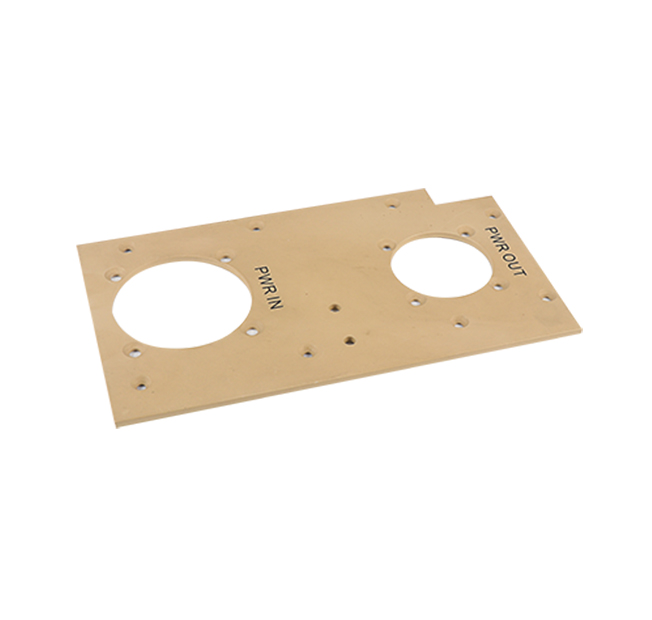Time:2025-06-20 Views:0 source:CNC Machining customization source:CNC Machining news

Environmental protection equipment often operates in harsh environments where components are exposed to various corrosive substances, such as acids and alkalis. CNC machining of acid - and alkali - resistant components focuses on material selection, machining precision, and surface treatment to ensure long - term durability and reliable performance.
For materials, corrosion - resistant alloys like Hastelloy, Inconel, and titanium alloys are commonly selected. These materials offer excellent resistance to a wide range of corrosive media. However, machining these materials can be challenging due to their high strength and low thermal conductivity. Specialized cutting tools and machining strategies are required. In the CNC turning process, carbide - coated tools with specific geometries are used to cut these hard materials effectively. Optimized cutting speeds and feeds are employed to reduce heat generation and tool wear.
CNC milling is used to create complex shapes and features on the components. Multi - axis milling machines are often utilized to achieve high - precision machining of intricate geometries, such as impellers, channels, and housings. During the machining process, coolant with specific chemical properties is used to prevent chemical reactions between the machining chips and the component material, which could potentially affect the corrosion resistance.
Surface treatment is crucial for enhancing the acid - and alkali - resistance of the components. Coating techniques, such as electroplating with corrosion - resistant metals or applying specialized polymer coatings, are commonly used. These coatings form a protective layer on the component surface, further improving its resistance to corrosive substances. Quality control involves comprehensive material testing, including chemical composition analysis, hardness testing, and corrosion resistance testing in simulated environments. Dimensional inspections are also carried out to ensure that the components meet the design requirements, enabling seamless integration into environmental protection equipment and reliable operation in harsh working conditions.
Read recommendations:
Sealing ring Precision electronic parts
Housing components for recessed downlights Precision electronic parts
Oval Magnetic Hardware Precision electronic parts
CNC Machining Dimension Accuracy
CNC processing factory - Meeting customers' strict requirements for precision